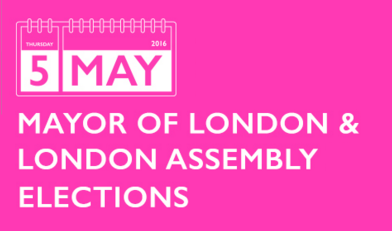The following information is taken from the London Elects website
How the Mayoral results are calculated
The Mayor of London is elected by the supplementary vote system.
Each voter has a first and second choice vote. If a candidate receives more than half of all the first choice votes they are elected immediately. If this does not happen, the two candidates with the most first choice votes go through to a second round. All other candidates are eliminated.
The second choice votes of everyone whose first choice has been eliminated are then counted. Any votes for the remaining two candidates are added to their first round totals.
The candidate with the highest combined total of first and second choice votes is elected as Mayor of London.
How the Constituency London Assembly Member results are calculated
The 14 Constituency London Assembly Members are elected using the first past the post system. This means that the candidate in each constituency with the most votes is elected as a Constituency London Assembly Member.
How the London-wide Assembly Member results are calculated
The 11 London-wide Assembly Members are elected using a form of ‘proportional representation’. Votes from across London for the London-wide Assembly Members are added together. The 11 seats are then allocated based upon a mathematical formula – the Modified d’Hondt Formula. This takes into account the total votes cast in the London-wide ballot together with the number of Constituency London Assembly Member seats that each political party has already won.
11 rounds of calculations take place to fill the 11 vacant Assembly Member seats, with the party or independent candidate with the highest result at each round allocated the seat. Seats won by parties are allocated to party candidates in the order they appear on the relevant party’s list of candidates.
This voting system is used to ensure the overall Assembly reflects how all of London voted.
There is more information on the London Elects website and a more detailed factsheet, with an example the calculations used to determine how the London-wide assembly members are determined.
Judging from previous mayoral elections, it is unlikely that any candidate for Mayor of London will receive enough first choice votes to be elected immediately. Second choice votes will therefore be key to the outcome. Opinion polls suggest that there are two frontrunners. If your first choice vote did not go to one of the frontrunners, you might want to use your second choice vote to choose between these two (unless you aren't bothered which of them wins).



